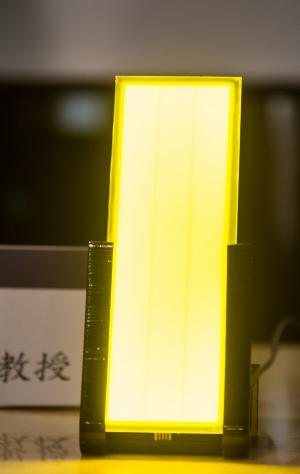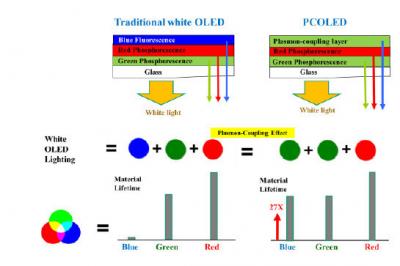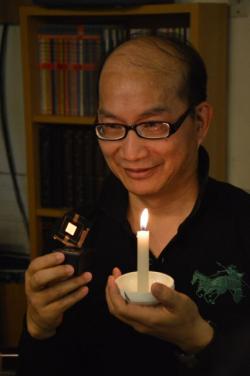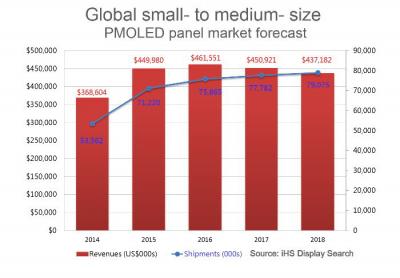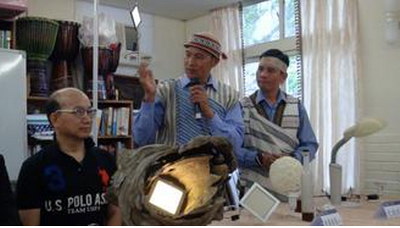 DisplaySearch revealed in its latest Quarterly OLED Shipment and Forecast Report that Q1'07 OLED shipments were 19.1M, up 71%Y/Y and revenues were $121M, up 56% Y/Y. Shipments and revenue were down Q/Q, 14% and 13%, respectively, due to seasonality. OLED displays compete with LCDs in small/medium applications such as mobile phone main displays and sub-displays, MP3s, and automotive consoles.
DisplaySearch revealed in its latest Quarterly OLED Shipment and Forecast Report that Q1'07 OLED shipments were 19.1M, up 71%Y/Y and revenues were $121M, up 56% Y/Y. Shipments and revenue were down Q/Q, 14% and 13%, respectively, due to seasonality. OLED displays compete with LCDs in small/medium applications such as mobile phone main displays and sub-displays, MP3s, and automotive consoles.
Active matrix OLEDs displays continued volume shipments with Samsung SDI, Kodak, Sony and eMagin shipping 335K displays in Q1'07. By Q2'07, the volume is expected to grow to 685K displays. Applications include MP3s, mobile phones and near eye.
Overall, RiTdisplay led in units, with 5.1M closely followed by Pioneer, also at 5.1M, Samsung SDI at 3.7M, LGE at 3.1M and TDK at 1.5M. Univision, which had shut down due to financial problems has restarted production and shipped 900K units in Q1'07 and is expected to grow volume to 1.5M units next quarter, recovering to a leadership position.
Sub-displays and MP3 player displays combined to account for about 87% of shipments at 12.6M and 4.0M, respectively. Of the remaining applications, main displays and industrial applications showed strong growth, but volume remained low.
Sub-display volume is very strong in Japan and is the major cause of the growth in the category. Main display growth is primarily due to the Kyocera cell phone which uses the Samsung SDI 2.4" QVGA AMOLED panel.
Read more here
